Installing a new septic system is a significant investment in your property. But before the first trench is dug, the most critical decision you’ll make is where the system will go. Proper site selection is the foundation of a healthy, long-lasting, and legally compliant septic system. Get it right, and you’ll have decades of trouble-free service. Get it wrong, and you could face premature failure, costly repairs, and environmental contamination. This guide breaks down everything you need to know about choosing the perfect spot for your septic installation in King and Snohomish counties.
Why Site Selection Matters
The location of your septic system isn’t just about convenience; it has far-reaching consequences for your property, your wallet, and the local environment.
Environmental Impact
A septic system’s primary job is to treat wastewater before returning it to the groundwater. If placed in unsuitable soil or too close to water sources, untreated effluent can contaminate drinking water, lakes, and streams with harmful bacteria and nitrates, posing a risk to public health and local ecosystems.
Long-term System Performance
The right location ensures your system can do its job effectively. Proper soil allows for efficient wastewater treatment, while correct grading prevents water from pooling around your drain field, which can lead to system overload and failure. A well-sited system will last longer and require fewer repairs.
Legal/Regulatory Implications
Both King and Snohomish counties have strict health and building codes governing septic installations. Choosing a non-compliant site can result in fines, legal action, and the costly requirement to decommission the system and install a new one in a suitable location.
Key Factors That Determine Ideal Septic Placement
Several on-the-ground factors must be carefully evaluated to find the ideal location for your septic tank and drain field.
Soil Permeability and Percolation
Soil is the final filter for your wastewater. It needs to be permeable enough to absorb water but not so coarse that effluent passes through too quickly without being treated. A “perc test” measures how quickly water drains through the soil, which is a critical factor in determining the size and type of drain field required.
Slope and Drainage Direction
Ideally, a septic system should be on a gentle slope, allowing gravity to do the work of moving effluent from the tank to the drain field. The site must also drain away from your home’s foundation, wells, and any surface water. Steep slopes can cause effluent to surface, while flat, low-lying areas may become saturated during the wet season.
Distance from Wells and Water Sources
This is non-negotiable. County health codes mandate minimum distances (setbacks) between a septic system and any wells, streams, lakes, or wetlands. This is the most important safeguard to prevent contamination of drinking water and sensitive aquatic habitats.
Accessibility for Future Maintenance
Your septic tank will need to be pumped every 3-5 years. The site must provide clear, stable access for a large pumping truck. Forgetting this crucial step can lead to major headaches and extra costs when it’s time for routine service.
King County & Snohomish County Septic Codes
Navigating local regulations is one of the most complex parts of the process. While specific rules can vary, here are the core requirements in our area.
Setback Requirements
Local codes dictate precise minimum distances. For example, a septic system typically must be at least 100 feet from any well or surface water, 10 feet from property lines, and 5 feet from buildings or driveways. These are minimums and can be increased depending on site conditions.
Wetland and Buffer Zone Considerations
Both counties have stringent protections for wetlands and other critical areas. Septic systems cannot be installed within these designated zones or their surrounding buffers. A professional site evaluation is necessary to identify any regulated areas on your property.
Minimum Lot Size Regulations
In some cases, the county may impose a minimum lot size to ensure there is adequate space for both the primary septic system and a designated “reserve area.” This reserve area is a suitable location set aside for a replacement drain field in case the original one fails.
Pre-Installation Evaluations
A professional septic designer undertakes a series of evaluations to ensure a site is viable and to create a design that meets all code requirements.
Site Visits and Topographical Review
The first step is a thorough walkthrough of the property. A designer will assess the topography, identify potential locations, note any obvious constraints like slopes or water bodies, and determine the best access points.
Soil Log and Hydrogeology Study
To understand the soil profile, a series of holes are dug to create a “soil log.” This reveals the different layers of soil and identifies the seasonal high water table. This data is essential for determining if a conventional system is possible or if a more advanced system is needed.
Wet Season Testing Considerations
Because our region experiences significant rainfall, soil conditions can change dramatically between summer and winter. Whenever possible, site evaluations are performed during the wet season (typically October to April) to get the most accurate picture of groundwater levels and soil saturation.
Mistakes to Avoid
Homeowners can save themselves time and money by being aware of these common site selection pitfalls.
Overlooking Reserve Area Needs
It’s not enough to find one good spot; you need two. Failing to designate a viable reserve area can put you in a difficult position if your primary system fails years down the road. Always plan for the future.
Building Too Close to Natural Water Sources
Even if it looks like a dry ditch in the summer, it could be a seasonal stream. Misidentifying water sources is a common and costly error. Always err on the side of caution and rely on a professional assessment to define setbacks.
Ignoring Access Needs for Pumping Trucks
Don’t plant a beautiful garden or build a shed over the only viable access route to your septic tank. Ensure the path is clear and will remain clear for the life of the system.
Final Thoughts + Local Expertise
Choosing the right site for your septic system is a complex puzzle with many interlocking pieces: soil science, local codes, and long-term planning. While this guide provides a strong overview, it’s no substitute for professional guidance.
The best way to ensure a successful installation is to partner with an expert who understands the unique challenges of our region. Working with a local septic designer is crucial for navigating the specific codes and environmental conditions in King and Snohomish counties. They have the experience to perform accurate site evaluations, design a system that fits your property, and ensure your project is approved without delays. For more information or to schedule a consultation, visit us at Ramsey Septic Design.

